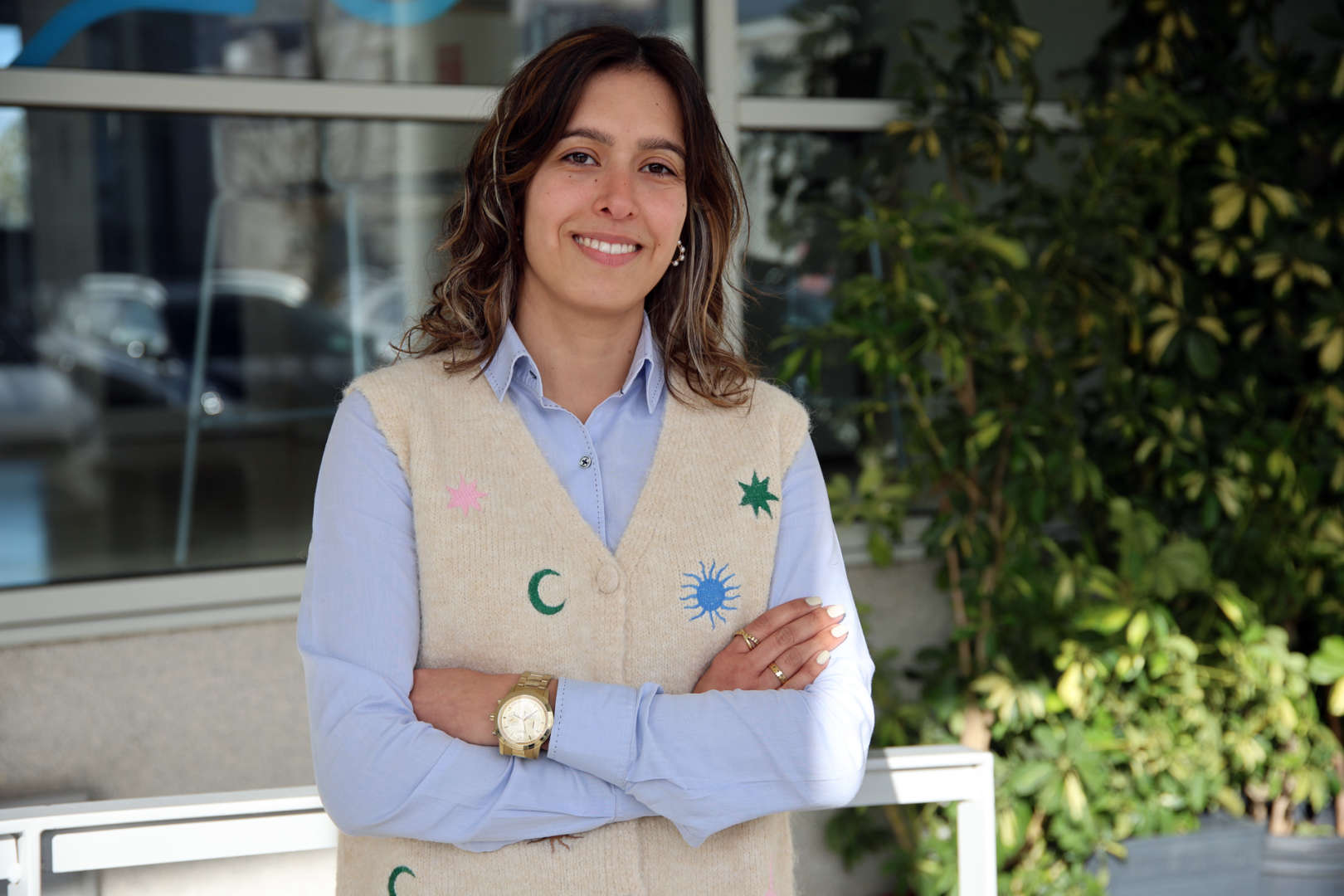About
Investigadora no Centro de Robótica e Sistemas Autónomos (CRAS) do INESC TEC.
Concluiu o Programa de Doutoramento em Engenharia Eletrotécnica e de Computadores pela Faculdade de Engenharia da Universidade do Porto (FEUP), com tese relacionada com perceção subaquática, em 2024. Na mesma instituição, obteve o grau de Mestre em Engenharia Eletrotécnica e de Computadores em 2017.
A sua especialização incide na área da visão computacional para a localização e reconhecimento de locais. Foca-se na aprendizagem contínua e adaptativa para a navegação autónoma de veículos subaquáticos, com recurso a imagens óticas e acústicas.
Atualmente participa em projetos de I&D focados no desenvolvimento de metodologias de inspeção de infra-estruturas portuárias subaquáticas, destinadas à verificação, deteção e análise de severidade de anomalias. Recorre assim à aplicação de AI, de técnicas de processamento de imagem e abordagens de interpretação e processamento de dados acústicos.


